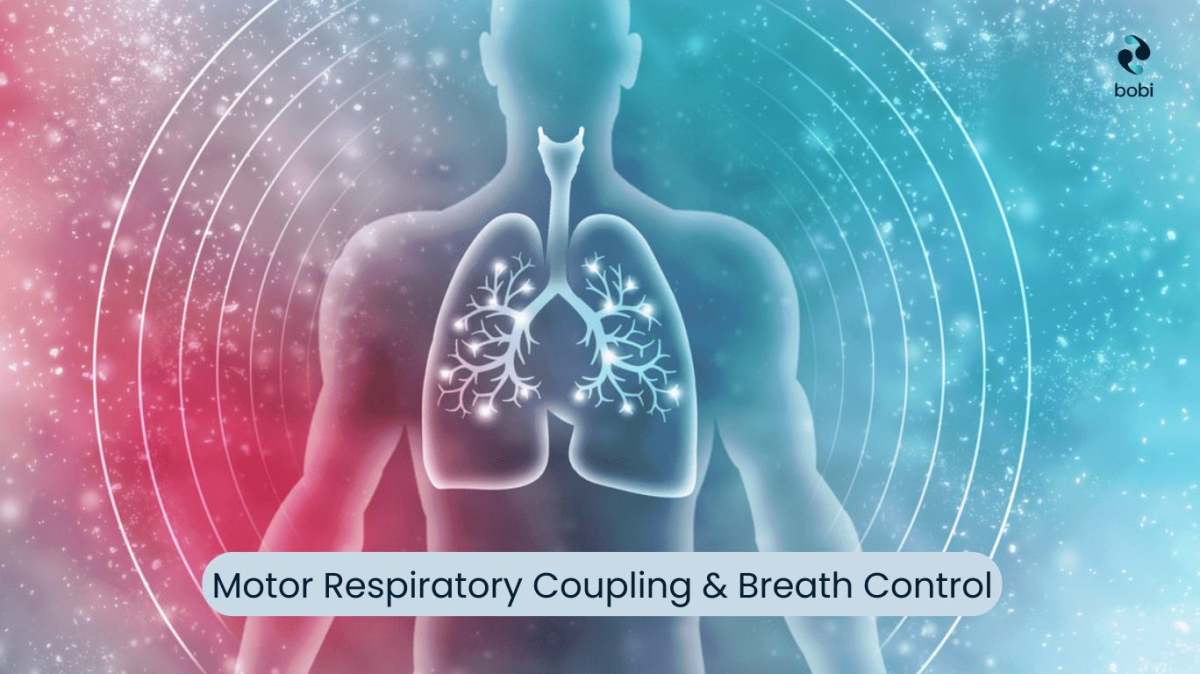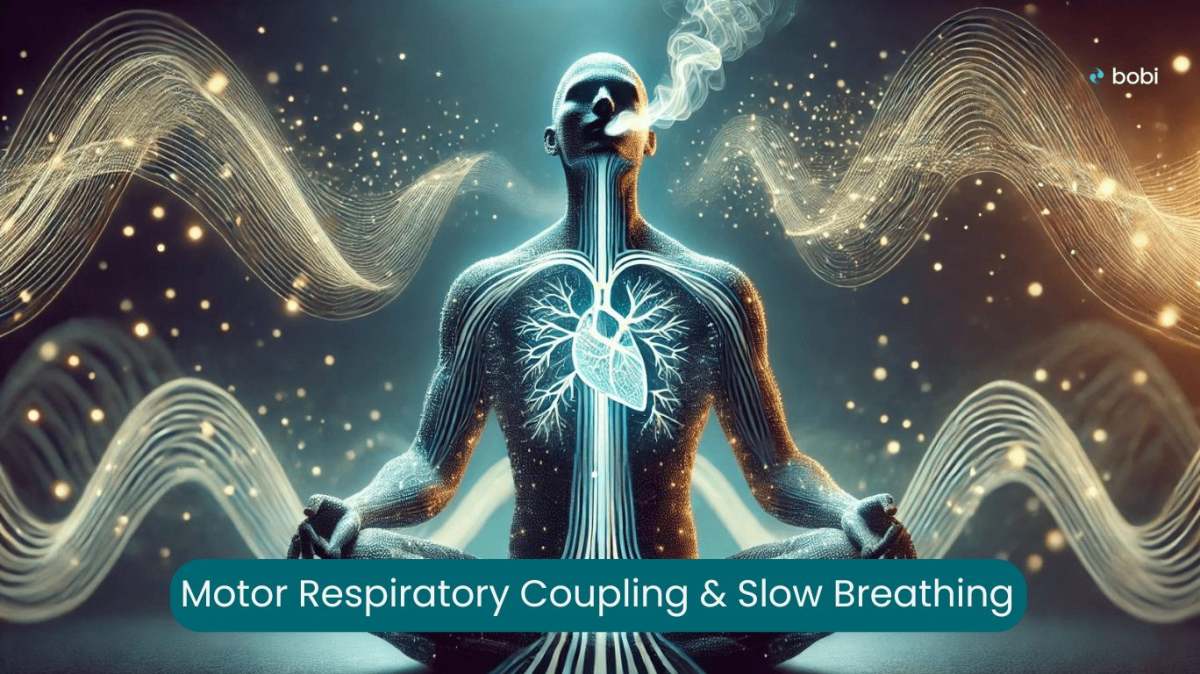
Breath is life—an involuntary rhythm we often overlook until we run short of it. But what if you could harness the power of your breath to enhance your well-being, performance, and even mental clarity? Welcome to the fascinating world of Motor-Respiratory Coupling (MRC). While the idea of breath control has long been recognized in disciplines like yoga, sports, and meditation, there’s a hidden layer beneath this simple act—a synchronized dance between movement and respiration that can unlock untapped potential in our bodies and minds.
This delicate interplay between motor activity and breathing patterns is known as MRC. It has a powerful impact on our physical performance, emotional regulation, and overall health. Let’s dive into how this magic coupling can transform something as simple as a breath into a tool for unlocking your fullest potential.
Breath control has become the subject of major public interest in recent years. Popular culture now reflects a level of engagement with all things ‘breath’ that continues to build. For most, an interest in breathing reflects a desire to develop skills and education regarding emotional (including stress) control.
It is widely accepted that how we breathe impacts our emotional state. This is a revelation for those who are struggling to cope and adjust to the daily rigours of modern life.
Much work has been undertaken in relation to the types of breathing exercises that may support a move out of state of stress and anxiety, for example. Of all the breathing exercises studied and investigated, slow controlled breathing presents as the most effective intervention for moving into a state of relaxation. Therefore, it is unsurprising that experts have put great effort into finding the most effective methods for coaching slow breathing patterns.
There is no shortage of options available for people to learn any number of breathing interventions. From on-line Apps and courses to myriad health offerings, a simple internet search of ‘breathing exercises’ unveils the extent of current interest in the topic. One of the most promising methods for learning the habit of slow breathing is through the use of a tactile guide.
A recent study that investigated every recorded breathing device, made in the previous 40 years, concluded that a tactile ‘airbag’ likely represented the most preferred method of breath coaching.
The benefit of using a tactile guide moves beyond comfort and user preference. Long-standing scientific discovery has identified the concept of motor-respiratory coupling; a concept that is yet to be fully appreciated by the breathing industry.
Put simply, motor-respiratory coupling refers to the coordinated relationship between voluntary motor activities (like hand movements or locomotion) and breathing patterns.
This phenomenon highlights how our body’s movements can influence our breathing patterns and vice versa, ensuring that respiratory and motor systems work in harmony to optimize physical performance and physiological efficiency.

Implementing motor-respiratory coupling (MRC) to slow your breathing rate involves a neural mechanism that synchronizes your breathing with a slow, rhythmic motor activity. Here’s a step-by-step explanation of the mechanism:
By implementing MRC in this way, you can effectively slow your breathing rate, promoting relaxation, reducing stress, and enhancing overall well-being. Remember to breathe naturally and comfortably throughout the process.
Motor-Respiratory Coupling (MRC) can result in unconscious changes in respiratory rate. When you perform a slow, rhythmic motor activity, your brain synchronizes your breathing with the movement. It leads to a slow and rhythmic breathing pattern. This synchronization can occur without conscious awareness, resulting in unconscious changes in respiratory rate.
Studies have shown that MRC can:
The unconscious changes in respiratory rate through MRC occur due to the neural connection between the motor and respiratory systems. The brain’s motor cortex and respiratory centers communicate through neural pathways, allowing for the synchronization of breathing with motor activity. This synchronization can occur without conscious awareness, leading to unconscious changes in respiratory rate.
You can harness the power of neural entrainment to influence your breathing patterns by leveraging MRC. This will promote relaxation, reduce stress, and enhance overall well-being. Given the level of global interest associated with the practice of breathing, and its implications for health and wellness, the concept of MRC is most assuredly something that will inevitably gain attention. It is especially for those who are searching for an intervention that heralds such promise.
Stay updated on what's happening at bobi, and all things breathing, anxiety and mental wellness.